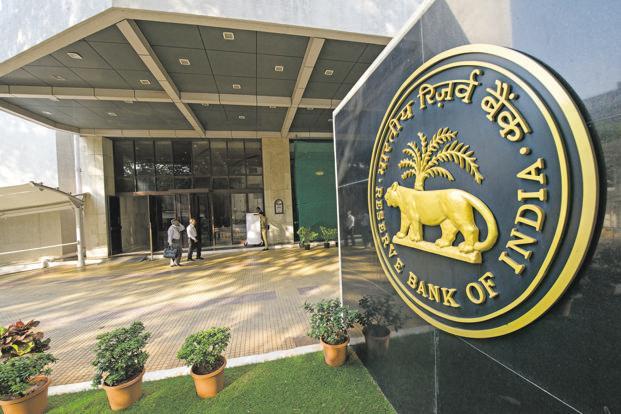The last policy review done by the existing monetary policy committee (MPC) showed a rare unanimity among members in voting for a pause and adopting a wait and watch strategy, considering a gradual pickup in economic activities even as inflation remained above the upper limit of the mandated 6 per cent in the last six months.
Food price, which was a major reason for a spike in inflation in the last six months, was seen softening though, though there are chances of prices flaring up in the near future.
After cutting policy repo rate by 135 basis points since the lockdown started in March, the members decided to keep repo rate unchanged at 4 per cent, and the stance at “accommodative.”
“The outlook for the domestic economy remains extremely uncertain as the impact of Covid-19 is more severe than initial assessments and the global economy remains vulnerable to renewed sufrbirge in community infections and fears of a second wave,” noted Reserve Bank of India (RBI) governor Shaktikanta Das in the meetings held between August 4 to 6.
“Even as high frequency indicators suggest some momentum in July, the near-term outlook remains uninspiring with large downside risks,” Das said, pointing to a disconnect between the relatively buoyant global financial markets and the underlying economic fundamentals.
However, the governor was hopeful that the rural economy would be robust, while industrial and services activity may recover gradually. The overall economic recovery would be conditioned by supply disruptions and compression of consumption demand especially on nonessential goods and services, would depend on the containment of Covid pandemic and unlocking of economic activities, the governor said.
However, the members were also hopeful that the economy may have weathered the worst.
“In terms of output losses, my assessment is that the worst is almost surely behind us (notwithstanding second waves of the pandemic etc.),” said external member Chetan Ghate, even as the exact damage caused by the pandemic was difficult to gauge as of now.
Noting that the Consumer Confidence Survey conducted by RBI in July 2020 showed the overall Current Situation Index at a historic low, external member Pami Dua said, “Clearly, it is important to revive the economy and mitigate the impact of the COVID-19 pandemic, in line with the objective of monetary policy – to maintain price stability while keeping in mind the objective of growth.”
While there are “high uncertainties” and some “contradictory evidences about the characterization of the current and future macroeconomic environment,” external member Ravindra Dholakia remained sceptical “about the deep stagflationary conditions prevailing in the country.”
“Although the present circumstances are truly exceptional, the primary mandate given to MPC for inflation targeting at 4 percent with the upper tolerance limit of 6 percent has to be respected,” Dholakia said, adding the policy rate transmission is commendable but not complete and so the central bank must wait and watch.
All three external members end their four year term in September, and a new set of external members will decide on the course of the policy in October. Among internal members, executive director Mridul K Saggar was the new member, succeeding Janak Raj.
“The outlook is grim; even when it improves, the expectation is one of slow, hesitant recovery, with the situation likely to worsen before it gets better. The upticks that easing of lockdowns yield are likely to be ephemeral and vulnerable to flattening out due to lack of underlying vigour,” noted RBI deputy governor Michael Patra.
